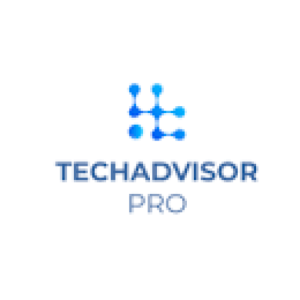Lead Qualification Introduction
Lead qualification is simply defined as a process of analyzing if a lead meets your ideal customer profile (ICP) and is likely to become a long-term client. Marketing and sales teams collaborate to identify whether a lead is willing to make a purchase or not. Even with nurturing campaigns, only a small percentage of these leads will convert into customers as they proceed through the sales funnel.
Lead qualification in the Sales Cycle
Lead qualification is a milestone in the sales cycle. To begin, members of the marketing team acquire potential leads’ contact details, such as site visits, email subscriptions, and social media activity, to determine if they fulfill their ICP.
Then they start a conversation by email, phone call, or in-person meeting. Sales representatives understand the leads’ needs, project schedules, purchasing authority, and any financial restraints during this process.
Finally, the information acquired helps in evaluating whether leads and the business are a better match. If the answer is yes, the team can begin preparing a proposal.
Qualified leads vs. Unqualified leads
To qualify leads, you should know as much as possible about them and acquire as much information and insights as possible to establish the perceived value each lead offers to the business. You will prioritize the top potential clients for your product or service in this manner. And, without appropriate qualifications, you will invest equal time in all leads, even if some of them are not a suitable fit for your company.
So, what differentiates quality leads from unqualified ones?
Qualified
- Are informed about your business and the services you offer
- Have a well-defined budget to work with to afford the product or service you provide.
- Are in command of their purchasing cycle and have completed their research work
- Have finished or are in the process of finishing the sales transaction
- Have low churn rates after becoming clients since the transaction was completed on their terms
Unqualified
- Are frequently unsure about what your business offers and how it can help them.
- Are unable to pay for the amount of service you provide
- They don’t know what solution they require.
- Have not been sufficiently nurtured to effectively seal the sales agreement
- Have extremely high churn rates, even if you were able to turn them into clients
Lead qualification checklist
It would be beneficial to go through the lead scoring procedure before making a call or sending an email to your leads. It allows you to assign a point value to each lead depending on the data you’ve acquired about them, such as:
Buyer profile – Does your lead match your targeted industry and ICP?
Company – What is the size of the lead’s business, and how can you contact them?
Online Behavior – How much time does your client spend on your website? Page visits, downloads, duration of visits, and frequency of visits may all be tracked.
Social media engagement – Have your posts received any Facebook or Twitter likes, shares, retweets, or click-through rates?
Spam detection – Are there any red flags in spam detection? The use of Gmail and Yahoo instead of business email addresses may suggest that the leads do not suit your buyer profile. Furthermore, the usage of lowercase letters when filling out internet forms may indicate that your leads are bots.
Lead Qualification Frameworks
BANT (Budget, Authority, Need, Timing) – This go-to lead qualification framework was created by IBM and is still frequently used today.
GPCTBA/C&I (Goals, Plans, Challenges, Timeline, Budget, Authority, Negative Consequences, Positive Implications) – This structure, created by HubSpot, is a little more detailed.
CHAMP (Challenges, Authority, Money, Prioritization) – It begins with additional critical questions concerning difficulties, as devised by InsightSquared.
Wrapping It Up
It may feel difficult to reject any leads, even if they are unqualified. However, by focusing just on qualified leads, you may save time and focus on prospects who are most likely to purchase your product and have a high probability of closing.










